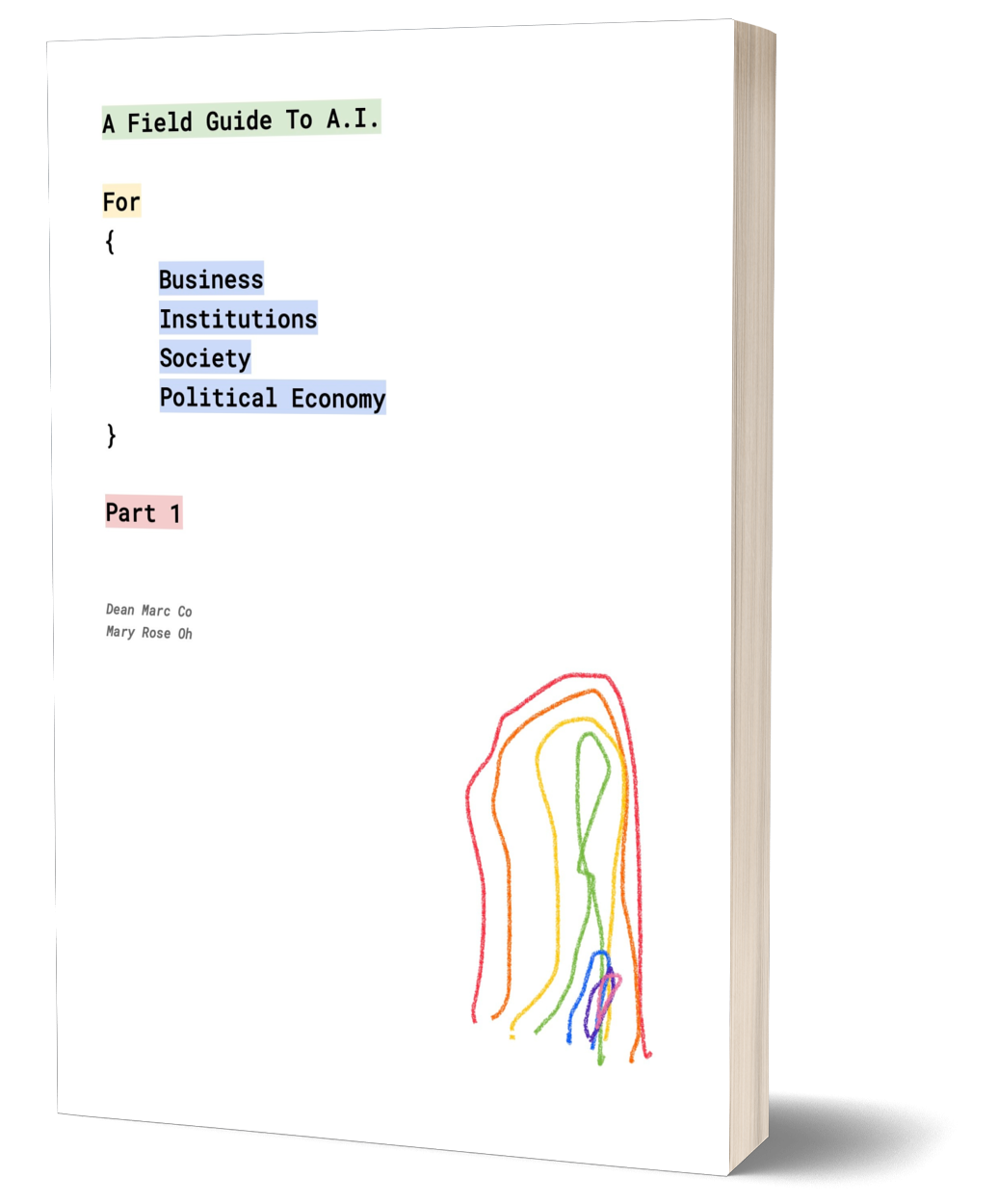AI, as a technology, has unique strengths, weaknesses, opportunities, and threats compared to preceding technologies. Here is a breakdown of how AI’s SWOT analysis differs.
Strengths:
– Learning capability: AI systems, especially machine learning models, can learn and improve from data over time, which sets them apart from traditional rule-based systems.
– Versatility: AI can be applied to a wide range of domains, such as natural language processing, computer vision, robotics, and healthcare, making it a more versatile technology compared to many preceding ones.
From our partners:
– Scalability: AI systems can process large amounts of data and scale to handle complex tasks, sometimes surpassing human capabilities.
– Automation: AI enables a higher level of automation, allowing for increased efficiency and cost savings in various industries.
Weaknesses:
– Data dependency: AI systems, particularly machine learning models, are highly dependent on the quality and quantity of data, which can be a limitation compared to rule-based or expert systems that rely on domain knowledge.
– Explainability: Many AI systems, especially deep learning models, are considered “black boxes,” meaning their decision-making processes can be difficult to understand or explain. This is different from many preceding technologies, where the underlying logic was more transparent.
– High resource requirements: Training AI models and deploying AI systems often require significant computational resources, which can be a barrier to adoption, especially for small organizations.
– Bias and fairness: AI systems can inadvertently perpetuate existing biases present in training data, leading to unfair outcomes, whereas previous technologies might not have had the same propensity for perpetuating biases at scale.
Opportunities:
– AI-driven innovation: The versatility of AI allows for innovation and disruption across various industries, opening up new opportunities for growth and development.
– Personalization: AI enables greater personalization in products and services, enhancing customer experiences and potentially increasing customer satisfaction and loyalty.
– Improved decision-making: AI can augment human decision-making by providing data-driven insights and predictions, enabling better-informed choices.
– New job creation: Despite concerns about job displacement, AI can also lead to the creation of new jobs and roles that focus on managing, developing, and maintaining AI systems.
Threats:
– Job displacement: AI has the potential to automate various tasks, leading to job displacement in some sectors, a concern not as prevalent with earlier technologies.
– Security and privacy risks: AI systems can pose unique security and privacy risks, such as adversarial attacks, unauthorized data access, or misuse of personal information.

– Ethical concerns: The rapid development and deployment of AI systems raise ethical concerns around transparency, accountability, and fairness, which were not as pronounced with preceding technologies.
– Regulatory challenges: The unique nature of AI systems and their potential impact on society necessitate new regulatory frameworks, which may pose challenges to organizations seeking to adopt AI.
While AI shares some similarities with earlier technologies, its unique characteristics, such as learning capabilities, versatility, and potential ethical concerns, set it apart and present a distinct set of strengths, weaknesses, opportunities, and threats.
For enquiries, product placements, sponsorships, and collaborations, connect with us at [email protected]. We'd love to hear from you!
Our humans need coffee too! Your support is highly appreciated, thank you!

